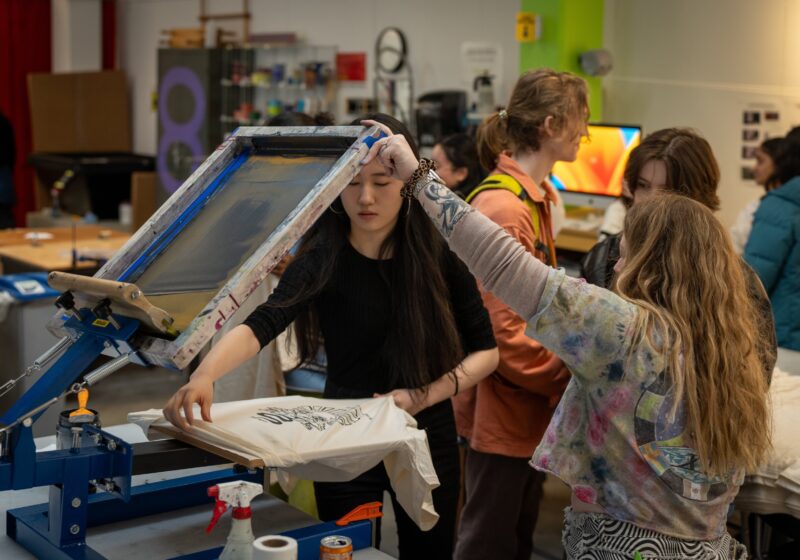This week at the Biomedical Engineering Society Conference, I found a female mentor in engineering. It only took until my senior year of college. This made me question, why is it so hard for young women like me to find women to look up to?
The field of engineering is going through great changes. The “good ‘ol boy” engineers are retiring and more and more women are choosing engineering as a path. These changes appear in both the industrial and academic fields. From 1983 to 2000, the percent of females among employed engineers rose from 5.8 percent to 10.6 percent. Within academia, women are rising to prominent positions. Women are receiving 11 percent of doctoral degrees in engineering, an increase from two percent received in 1975. These increases have been substantial, though the numbers are still low. Engineering is becoming a more female-friendly field, especially with the growth of disciplines like biomedical engineering.
Another positive sign for women in scientific careers is the uproar that was generated over Harvard President Lawrence Summers’ comment that innate differences may be the reason fewer women succeed in scientific and technical careers. The same comment made in the 1970s would never have made national news because the virtually all-male group of professors wouldn’t have paid it much mind. The very few people who would have disagreed would have stayed quiet to protect their jobs. The fact that people everywhere, men and women, have been upset by this comment is indicative of the changes in the public view of women in technical fields – the general public is not just accepting the idea of women as engineers, they are encouraging it by standing up and saying Summers was not appropriate.
The problem remains, though, while women are beginning to trickle up from the bottom, they still have few women to look up to. Some women are OK with being trailblazers, being the only woman in a sea of male engineers. However, most young women need role models – women who have gone before and excelled in engineering, while maintaining a family if they so desire. Twenty-one percent of women engineers and scientists identified balancing work and family as a career obstacle compared to just 2.8 percent of men. In order to get women into mentorship roles, they need built-in support systems to handle this problem, such as childcare at the workplace.
Another problem is that, once women work their way to upper-level positions, they try to blend in and just be one of the guys. This tends to isolate them from the other women in the workplace. Instead, why not create webs of support for one another? Engineering is tough day-to-day work for anyone, and women who make it to high positions often try to go at it alone, to prove that they’re worthy as engineers. However, that makes it harder for others to consult with them about experiences.
The reason women are not flowing into technical fields at a high rate is not because of biological differences. It is because it is hard to go into uncharted territory where you have no role models. This isn’t a problem that will be fixed overnight, but numbers of women in engineering can increase if support is made for them in the workplace and networking between young engineers and mentors can take place.
Townsend can be reached at ktownsend@campustimes.org.





